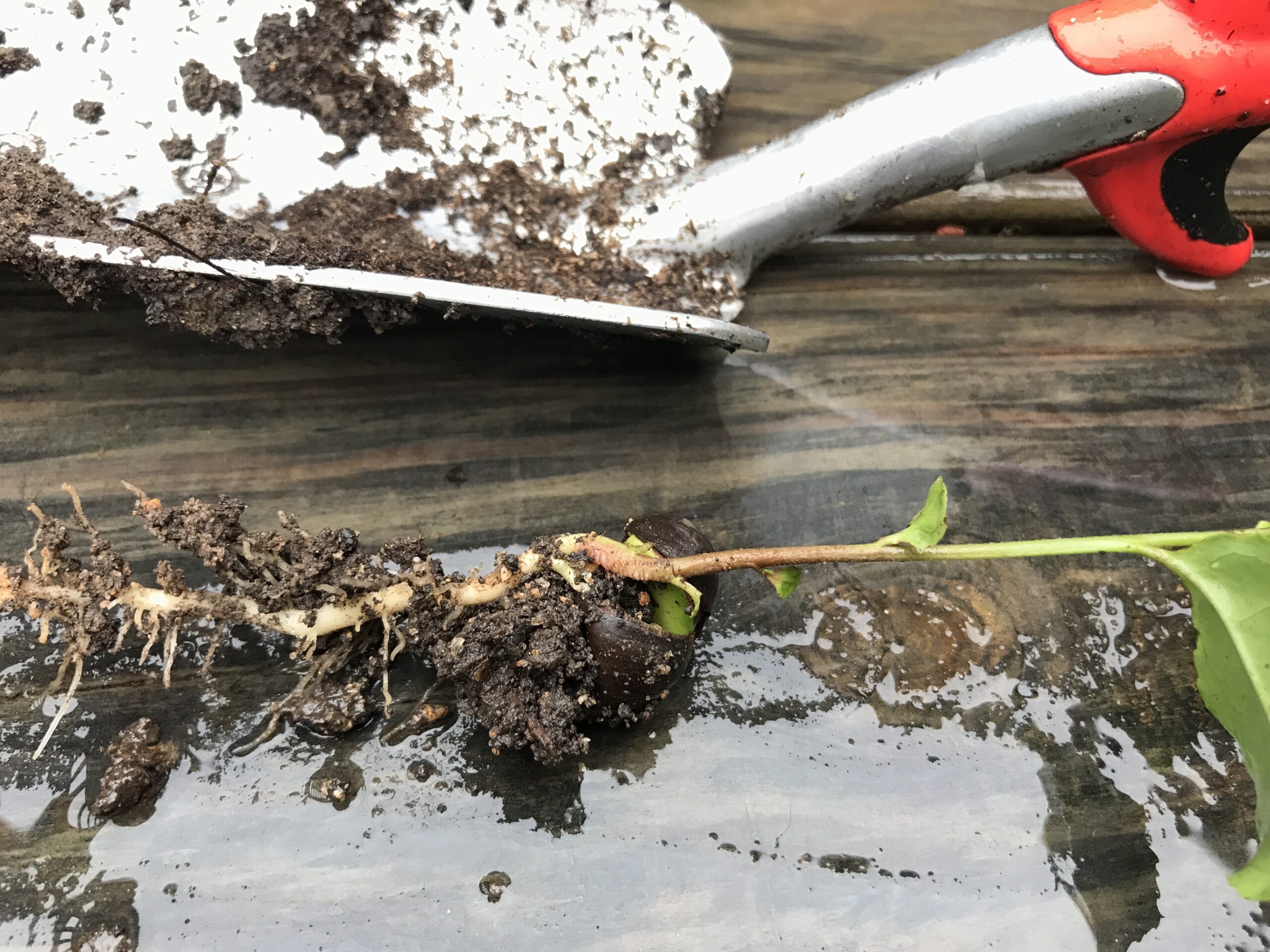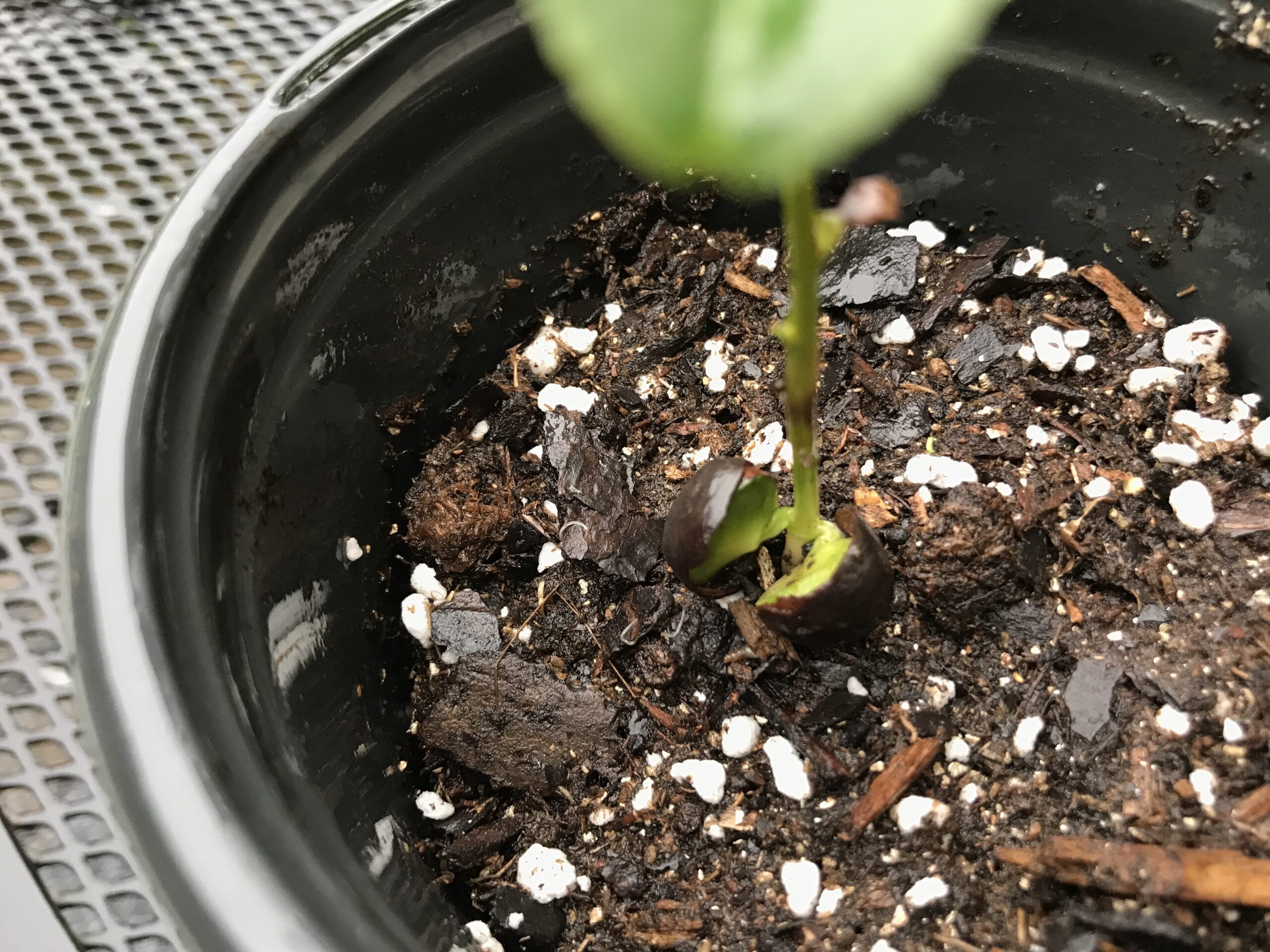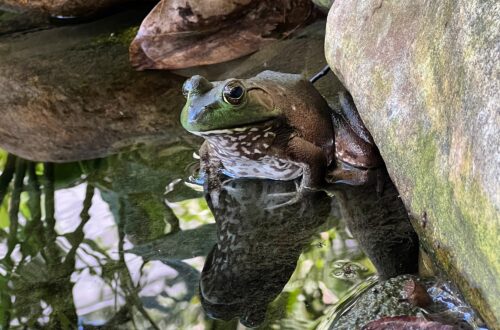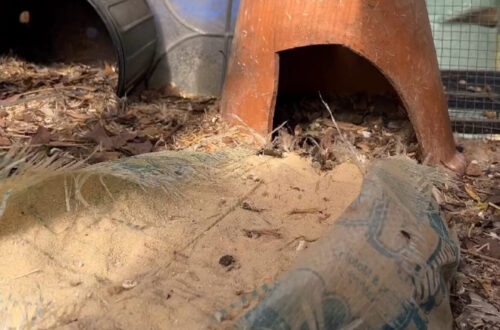Volunteers and Transplants
I love the term plant “volunteers”. It refers to plants that were not intentionally grown in place by a gardener but grew by chance, from seeds in bird droppings or carried by the wind. The word choice makes it sound as if brave young seedlings are saying, “pick me to go an colonize that space!” The reality is, given the right conditions, plants reproduce. Living in Raleigh, also known to locals as the City of Oaks, our yard is never lacking in germinating acorns. We also get magnolia, redbud, pine, mulberry, dogwood, and sweetgum seedlings sprouting up in our yard. A couple years ago I transplanted redbud volunteers from a weedy property boundary to areas in the yard I wanted them to be.
The best volunteers tare those seedlings from plants I want to spread or that need a do-over. In the vegetable garden, I count on some plants reseeding so that I don’t have to worry about starting them each season. By building the soil and letting blossoms go to seed, the garden begins to plant itself, and I get to focus on editing the weeds. I recently dug up and moved a green tea camellia sinensis from the vegetable garden because it had outgrown the space I planted it years ago. When I first planted it, it was a couple inches tall. In just four or so years, it had grown four feet in all directions in a two foot space. I dug a hole under another tree and plopped it it. I didn’t expect the shrub to survive the transplant and didn’t mind losing it except that the entire shrub hums with bees when it blooms so was a little sad to see it shriveling in the heat wave. Happily, in its old place near the path was a volunteer, a gift from nature. I carefully dug it up and put it in a small pot with planting mix and will probably move it to the new daylily bed so there is an evergreen to keep the bed visually anchored in the winter.



The daylily bed will be getting several additions thanks to volunteers. This week I found a few rose bush shoots popping up from the ground where a rose bush used to grow. I dug them up the best I could (I’m not sure I got all the root), potted them up for future planting and pruned off the drooping bits. I did the same with some cone flowers growing up through an overgrown Indian blanket flower that I pulled from the old asparagus bed.
My method for babying volunteers before moving them to a new location is the same method I have been using for moving small trees and shrubs. Sometimes a garden space evolves (such as transitioning from full sun to part shade as a shade tree grows) or a plant fails to thrive in the location selected due to the wrong soils or sun. I have moved plants directly to a fresh hole in the ground, but often it is hard to keep them happy. If the plant is not dormant (such as in winter), there can be significant transplant shock indicated by wilting or scorched leaves.
Last weekend I scored a lovely Japanese Maple for the fraction of the cost I would have spent at a nursery. It was dug out of the ground, and a fair amount of the soil had fallen loose. Once I got it home, I found a pot a little larger than the root ball and potted it with a nice grower mix. I left the potted tree in a shallow bucket with water in part shade, and the tree seems to be doing well. I used the same process with a small fig tree I wanted to move from the utility garden to an undetermined location. I’m hoping the fine grower’s mix and consistent moisture out of the direct sun will help the roots re-establish and stabilize before I plant the trees back in the ground. Now I just need to figure out where they will be going.




